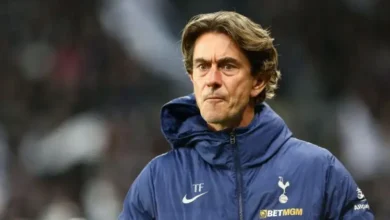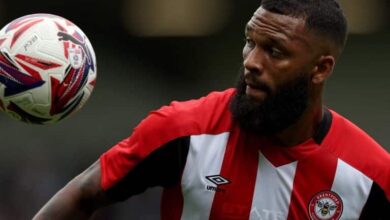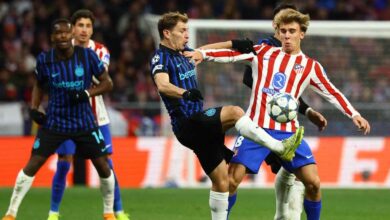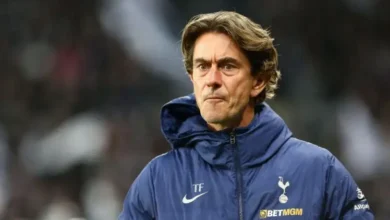Tottenham Set for Major Shift as Daniel Levy Aims to Outpace Chelsea in £162m Kit Deal Race
Tottenham and Chelsea’s Rivalry Burns as Brightly in the Boardroom as it Does in the Stands.
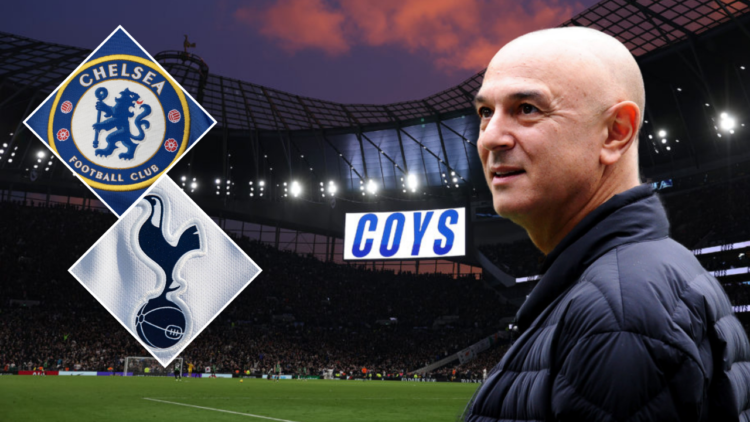
While it may not be as intense, the tension between Tottenham Hotspur and Chelsea is still significant.
Rather than fiery exchanges from the stands, it’s being played out in shareholder meetings where sharp words are exchanged over various matters.
Both clubs are part of broader factions within the Premier League, sometimes referred to as the ‘blue cartel’ and the ‘red cartel’ by some on social media, and their relationship behind the scenes is anything but peaceful.
While cooperation is possible when their interests align, they clash on key issues, especially when it comes to the philosophy surrounding the league’s Profit and Sustainability Rules (PSR) and other financial matters.
Historically, Chelsea has held a financial edge over Spurs, but the balance has shifted in recent years.
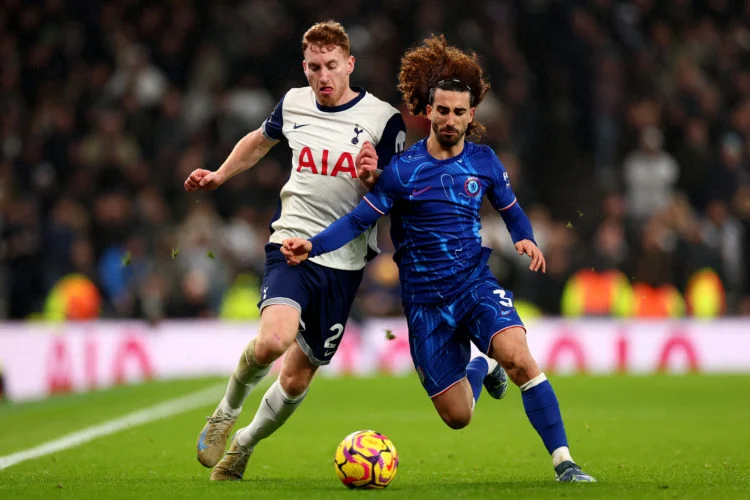
The turning point came with the construction of the Tottenham Hotspur Stadium, a development that has catapulted Spurs into a new commercial realm and significantly boosted their matchday income.
While on-field success remains important, a club’s ‘brand’ has grown to be just as crucial, if not more so, for attracting new sponsors and partners.
This concept may be unfamiliar to many long-time supporters of both Spurs and Chelsea, but it’s the commercial reality in modern football.
This shift is having a major impact on the budgets available to both Ange Postecoglou at Spurs and Enzo Maresca at Chelsea.
PSR will eventually impose limitations on Chelsea’s spending, but in the meantime, both clubs are recognizing the importance of sponsorship.
Daniel Levy at Spurs and Todd Boehly at Chelsea are acutely aware of the power of sponsorship deals, and both clubs are in competition to secure one of the most lucrative deals in football.
The battle is particularly focused on securing the coveted Nike Air Jordan deal.
Paris Saint-Germain’s partnership with Air Jordan, the high-profile brand founded by NBA icon Michael Jordan, is reportedly worth £18 million per season.
This deal, on top of the money PSG receives directly from Nike, has significantly boosted the French club’s commercial returns.
Beyond just the revenue, the Air Jordan collaboration has helped PSG become football’s most prominent ‘lifestyle’ brand.
This has allowed PSG to reach consumers who may not have a deep interest in football but are still keen on buying PSG merchandise, opening up a new market altogether.
Now, both Chelsea and Spurs, who already have partnerships with Nike, are keen to secure their own Air Jordan deals.
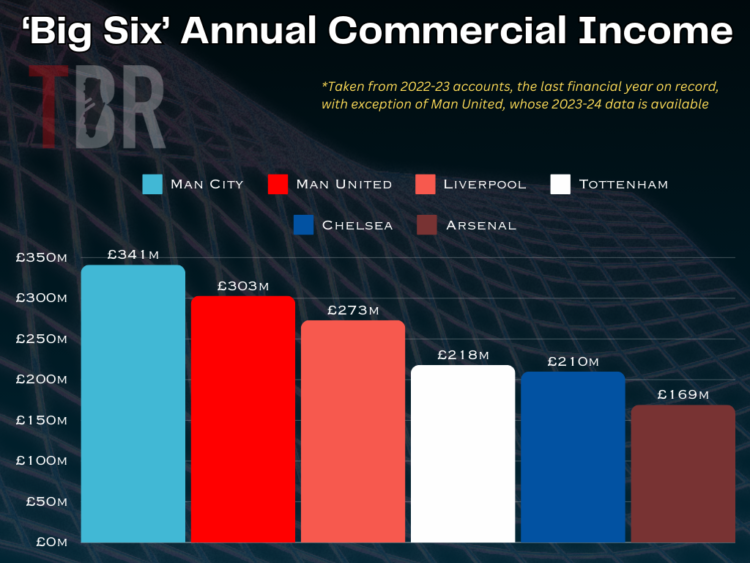
Spurs’ contract with Nike runs until 2033, and if they were to secure an £18 million-per-year deal with Air Jordan, it would be worth around £162 million over the term of the agreement.
The benefits of this collaboration, though harder to measure, could easily exceed the base fee, providing significant brand value for Spurs.
In addition to pursuing big sponsorships, both clubs are exploring retro branding to tap into new markets.
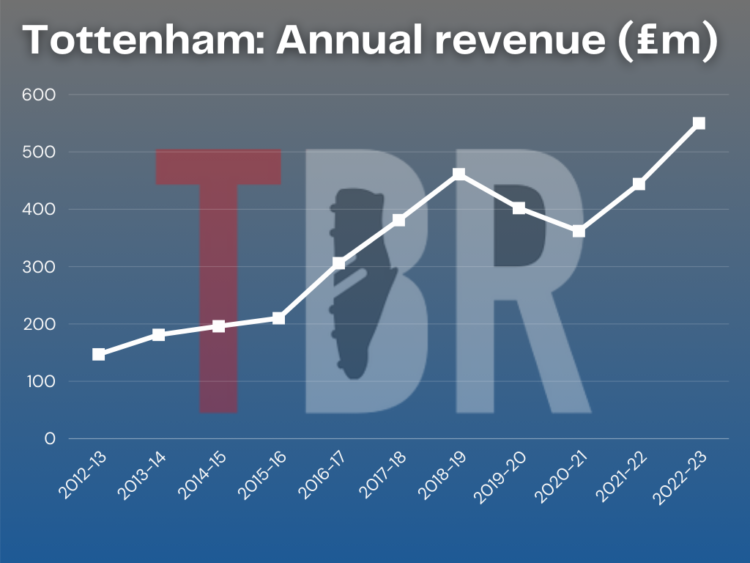
When Spurs introduced a controversial redesign of their club crest earlier this year, one element of the rebranding was the return of the club’s monogram, which had appeared on the crest from 1989 to 1995 and again from 1999 to 2006.
Reports now suggest that the monogram could feature on Spurs’ third kit for the 2025-26 season.
Similarly, Chelsea is also contemplating the return of a retro crest for their third kit next season.
Those consulted on the matter believe this is part of an effort to position the club as part of the ‘streetwear’ trend and attract a wider audience for club-branded merchandise.
While this idea is not entirely new, it is gaining traction in the world of big football clubs, and both Spurs and Chelsea, under owners who see untapped commercial potential, are keen to capitalize on these strategies to expand their reach.
